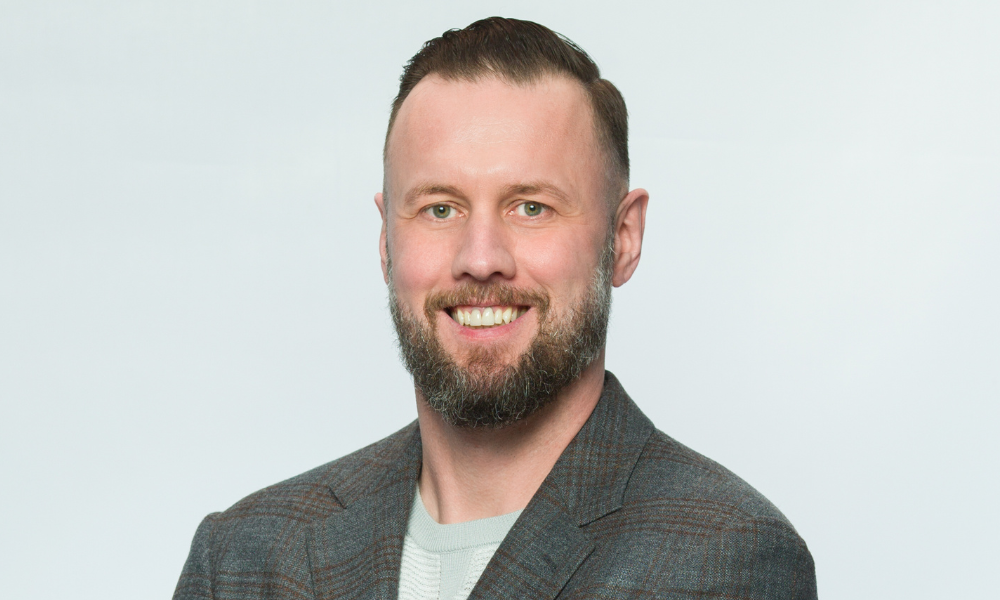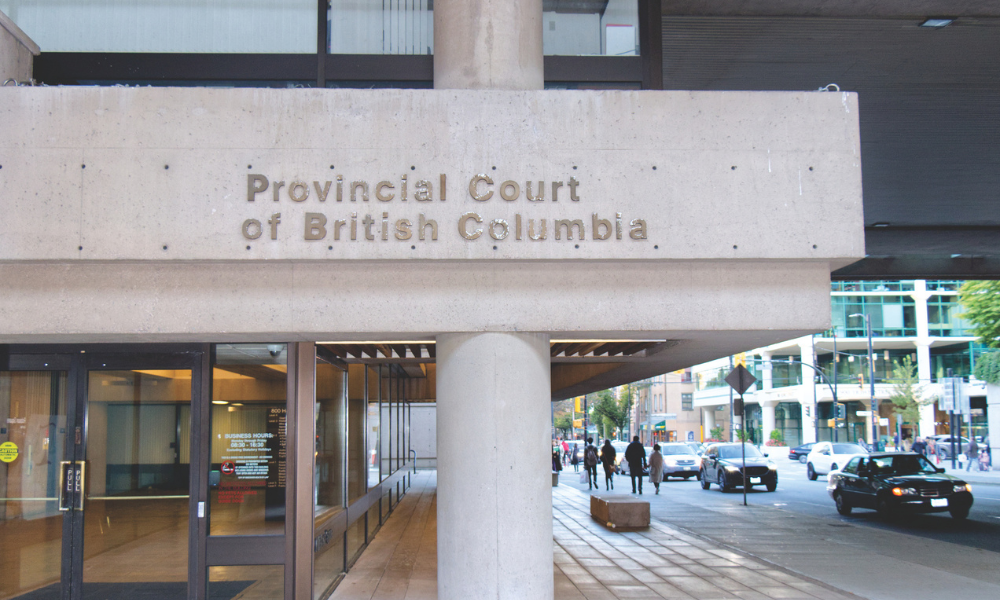Two recent copyright applications indicate where the law is headed: Baker McKenzie’s Jim Holloway

In Canadian intellectual-property law, the rise of generative-AI-created works has raised the currently uncertain issue of who owns their product and how they own it, says Jim Holloway, a partner at Baker McKenzie.
“The ownership one is a really fascinating one,” he says. “Intellectual property rights, whether copyright or patent, have always been predicated on some level of human involvement and contribution.”
“In copyright here in Canada, the law clearly says that only a human being can be an author of a copyrighted work, and only a human being can invent something that can be protected by a patent. So given that reality, under the laws that exist today, how can AI-generated works be protected by intellectual property rights?”
Holloway’s practice focuses on intellectual property law and technology, including disputes involving trademarks, copyright, patents, and trade secrets.
In 2021, Canadian Heritage launched a consultation to determine whether to amend Canada’s copyright framework in the face of challenges brought about by AI and the Internet of things.
While the consultation is over, the federal government has yet to respond. As the law stands, a creative work generally requires a human author for copyright protection.
But recently, a man who developed an art-producing AI tool succeeded with “an interesting proposition,” says Holloway. Ankit Sahni of New Dehli, India, successfully registered with the Canadian Intellectual Property Office an artistic work titled SURYAST, listing himself as an author and his tool, RAGHAV Artificial Intelligence Painting App, as a co-author.
A BC man named Hugh Stephens also recently successfully registered a poem and accompanying image created by ChatGPT and DALL-E2. While Stephens is listed as the author, part of the title states that the work was “created entirely by AI programs” and continues that it involved “minimal skill and judgement on the part of the human claiming copyright.”
“I don't know if this suggests that we're on a path where, increasingly, until we get some clarity from the government or the courts, the Copyright Office is going to be a bit more liberal with these types of applications,” he says. “But those are quite interesting developments because I think if anyone was studying [Hugh Stephens’ application] hard – and perhaps they didn't – when the application was submitted, there would be some red flags around whether or not that poem is susceptible to copyright protection.”
It is a similar situation with patents, which require inventiveness on the part of a human being, says Holloway.
The law does not say that a human is required to do everything for an intellectual property right to arise, says Holloway. The law states that the human must exercise skill and judgment. “I think there's a fair argument that a human can exercise skill and judgment in guiding a machine in the creation of a work in a way that would satisfy the requirements for copyright.”
“What we don't know is where that line gets drawn. It needs to be drawn.”
Holloway predicts that Canada will soon see amendments to the Copyright Act clarifying who owns the copyright with respect to generative AI. Generally, when it comes to AI, intellectual property law has historically been directed at rewarding and incentivizing human creativity and inventiveness. He says the law must discover how to reward and incentivize creativity and inventiveness by non-humans.
“At some point down the road, there's going to be a lot of new useful and important things that are created by machines, and you have to provide incentives and rewards in order to fuel that innovation.”
“We can call it a conundrum,” says Holloway. “That's the balance that intellectual property law is always trying to find. How do you recognize and reward those creations and inventions while at the same time making sure that you're giving the public access to things that it ought to have access to, with minimal restrictions, if any?”
Holloway expects future changes will reinforce the need for some level of human involvement in creation and invention but will also recognize that the process can be assisted by AI, which will not disqualify the existence of IP rights.
“But, again, where that line gets drawn. That's the million-dollar question. And I don't know the answer.”










